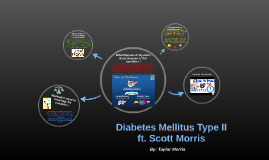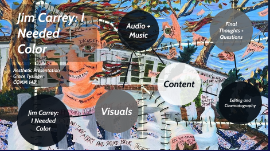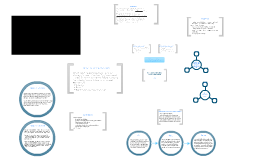PHED09 Aesthetic Presentation
Transcript: Creativity and evaluative skills are evident throughout this unit Year 7: Through involvement in this dance unit pupils will explore and communicate ideas, concepts and emotions and make links between PE and other subjects and areas of the curriculum Literacy: To improve knowledge and understanding of key dance vocabulary Numeracy: All pupils will be able to independently count themselves in and hold the rhythm ICT: Mindmaps Posters Self-assessment sheet Recording PLTS In groups of 4, through the use of chance dance, create a sequence which represents a team sport at the Olympics. There must be at least 4 points of physical contact and at least two changes of level In groups of 4, create a short sequence to represent a medal ceremony at the Olympics. The sequence must include at least one example of assisted flight. The sequence should also show both unison and canon. By the end of the unit the class will come together to perform an Olympic story which will link the Olympic opening ceremony, individual sport motif, team sport motif and medal ceremony. Pupils will have the opportunity to watch the performance back and complete a self-evaluation sheet. Lesson 1 learning objective: Pupils will be aware of the 5 basic dance actions and will be able to include these with fluency, control and precision in a short motif. Pupils will also be able to work with others to identify strengths and areas for improvement Most Most pupils will know the 5 basic dance actions and will a combination of these in a short motif with fluency, control and precision. Most pupils will be able to work with a partner to identify three strengths and one area for improvement Range and content: Accurate replication Exploring and communicating ideas, concepts and emotions Curriculum opportunities: Perform as an individual, in a group or as part of a team Make links between PE and other subjects and areas of the curriculum Key Concepts: 1.1a) Producing imaginative images, artefacts that are both original and of value Key Processes: 2.1a) Develop ideas and intentions by working from first hand observation, experience, inspiration, imagination and other sources 2.1d) Draw to express perception and invention to communicate feelings, experiences and ideas and for pleasure 2.2c) Reflect on and evaluate their own and others work, adapting and refining their own images and artefacts at all stages of the creative process Core tasks Creative thinkers: Working with others to come up with an imaginative solution Effective participators: Work in different size groups and discuss ideas to the given theme Team workers: Work with others to improve performance, share ideas and learn from those within the group Compelling learning experiences are activities that can enhance pupils interest in the subject. If pupils are interested it is likely that their motivation will be increased thus helping them to develop their mental determination to succeed. What I will use: Video clips Photos Talk from Olympic athlete and volunteer Georgia France 20027855 Examples of Core Tasks Why teach this unit of work? All pupils will be aware of the 5 basic dance actions and attempt to apply these in a short motif with some fluency, control and precision. All will be able to work with a partner to identify at least one strength of the performance Other curriculum links Physical Education Gower, C. (2010) Planning in PE. In Capel, S. and Whitehead, M. (eds) (2010)Learning to Teach Physical Education in the Secondary School: A Companion to School Experience. (3rd ed.) London: Routledge: 24-45 London 2012. (2012) Official London 2012 Website. [Online] Available from: http://www.london2012.com/ [accessed 22 April 2013] Macfadyen, T. and Bailey, R. (2002) Teaching Physical Education 11-18. London: Continuum. QCA. (2007) English Programme of Study for Key Stage 3 and Attainment Target. [Online] Available from: http://media.education.gov.uk/assets/files/pdf/e/english%202007%20programme%20of%20study%20for%20key%20stage%203.pdf [accessed 22 April 2013] QCA, (2007) Physical Education Programme of Study for Key Stage 3 and Attainment Target. Nottingham: Crown. Swindlehurst, G. and Chapman, A. (2008) Teaching Dance: A Framework for Creativity. In Lavin, J. (eds) (2008) Creative Approaches to Physical Education: Helping Children to Achieve Their True Potential. Oxon: Routledge: 29-55 Youtube. (2012) Best of London 2012. [Online] Available from: [accessed 22 April 2013] "Units of work are medium term plans which...outline expected learning for particular groups of pupils...over a specified period of time" (Gower, 2010) What needs to be considered? Who is being taught What objectives are to be achieved What is being taught How is it going to be taught Functional Skills Some Using ideas from the Olympic montage and your own ideas, select three still positions to represent the Olympic opening ceremony and link these together with at least two of the following - turns, jumps, travelling, twists

















